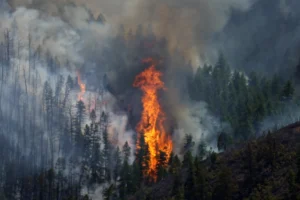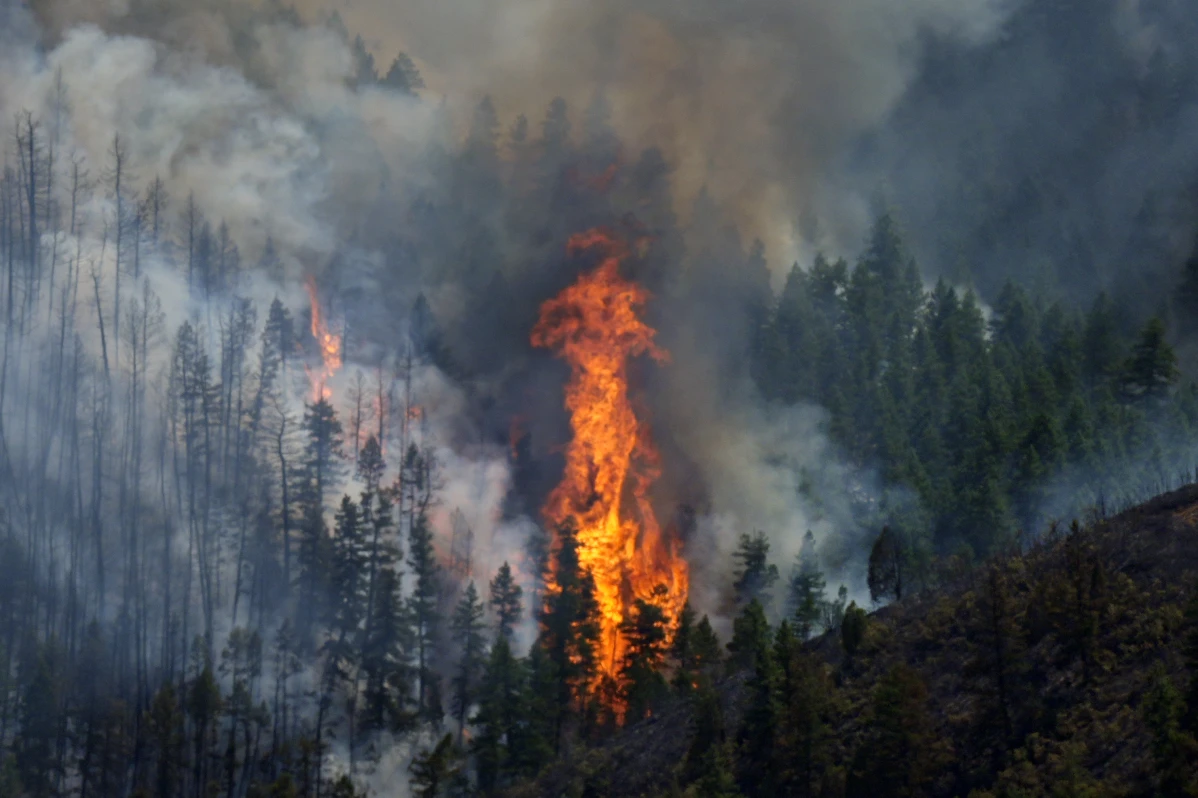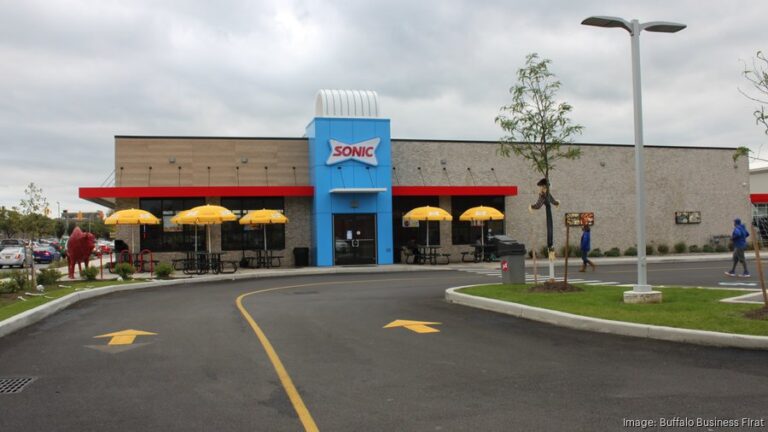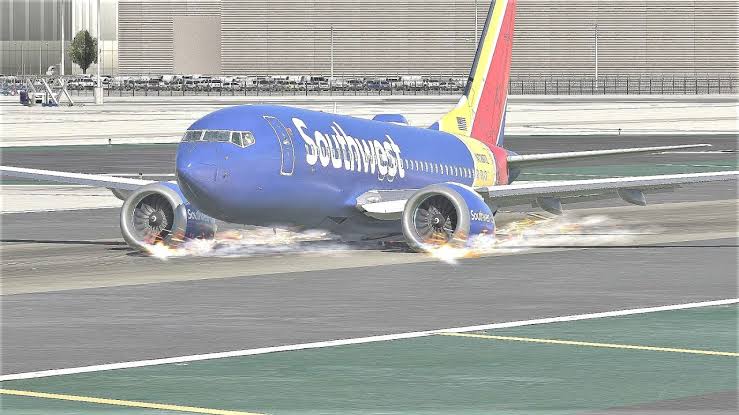1 person killed in Colorado wildfires as blazes torch large areas of the U.S. West
In recent weeks, the western United States has been grappling with a series of devastating wildfires that have resulted in significant loss of life and property. These fires have been fueled by a combination of prolonged drought conditions, high winds, and unseasonably warm temperatures, creating a perfect storm for wildfire outbreaks across multiple states.
Colorado: A State Under Siege
Colorado has been particularly hard-hit, with several fires erupting in rapid succession. On March 13, 2025, firefighters in the Colorado Springs area were dispatched to contain two separate grass fires—one near the iconic Garden of the Gods park and another close to the local airport. The proximity of these fires to populated areas heightened concerns about potential evacuations and property damage.
In response to the escalating wildfire threat, Jefferson County hosted the Wildfire Safety Fair on March 22, 2025. The event aimed to educate residents on wildfire preparedness, mitigation strategies, and the resources available to protect their homes and communities. Participants included local fire departments, the Jefferson County Sheriff’s Office, and various environmental organizations.
Texas and Oklahoma: Battling Blazes Amidst Drought
The situation has been equally dire in Texas and Oklahoma. In Texas, Webb County officials are considering implementing a burn ban due to escalating fire risks associated with severe drought conditions. The Keetch-Byram Drought Index (KBDI) in the county has reached 634, indicating extreme dryness and an elevated risk of wildfires.
Oklahoma has experienced a surge in wildfire activity, with more than 20 active blazes reported as of March 19. A significant fire outbreak on March 14 saw 150 fires burning approximately 170,000 acres within a 24-hour period. Notably, the 33 Road Fire and the Luther Fire merged in Logan and Payne counties, exacerbating the challenges faced by firefighting crews.
North and South Carolina: Unexpected Firestorms
Wildfires have also erupted in regions less accustomed to such events. In North and South Carolina, fires have been fueled by dry conditions, strong winds, and debris from previous storms. In North Carolina’s Polk and Henderson counties, mandatory evacuations were ordered for 146 properties as fires consumed significant land. The Black Cove Fire, sparked by a downed power line, is among the larger blazes, with others under investigation.
California: Early Start to Fire Season
California is witnessing an unusually early start to its fire season. In Los Angeles, recent wildfires have prompted state officials to expedite rebuilding efforts by cutting bureaucratic red tape. Governor Gavin Newsom declared a state of emergency to fast-track wildfire prevention projects, bypassing certain environmental regulations. This move aims to bolster the state’s preparedness for future wildfires.
National Perspective: A Grim Outlook
The National Interagency Fire Center’s outlook for March through June 2025 indicates that significant wildfire potential will persist throughout most of Texas, parts of New Mexico and Arizona, and several southeastern states. This projection underscores the need for heightened vigilance and preparedness across vulnerable regions.
The Human Toll
The human cost of these wildfires has been profound. In Oklahoma, the recent fires have resulted in four fatalities and the destruction of numerous homes. Communities are grappling with the loss of life and property, highlighting the urgent need for effective wildfire management strategies.
Mitigation and Preparedness Efforts
In light of the escalating wildfire threats, various initiatives are underway to enhance community resilience. The Southwest Wildfire Awareness Week, observed from March 24-29, 2025, focuses on promoting safety measures to prevent wildfires. The campaign emphasizes the top causes of wildfires in New Mexico—debris burning, campfires, and equipment use—and encourages residents to take proactive steps in mitigating these risks.
Additionally, individual homeowners are investing in wildfire protection measures. A notable example is a couple in Colorado whose home was spared during the Stone Canyon Fire due to their proactive efforts in creating defensible space and implementing fire-resistant landscaping. Their experience underscores the effectiveness of personal mitigation strategies in safeguarding properties.

The recent spate of wildfires across the western United States serves as a stark reminder of the increasing frequency and intensity of such natural disasters. Climate change, prolonged droughts, and other environmental factors have created conditions conducive to large-scale fires. As communities continue to rebuild and recover, there is a pressing need for comprehensive wildfire management strategies that encompass prevention, rapid response, and resilient infrastructure to mitigate the impact of future wildfires.





